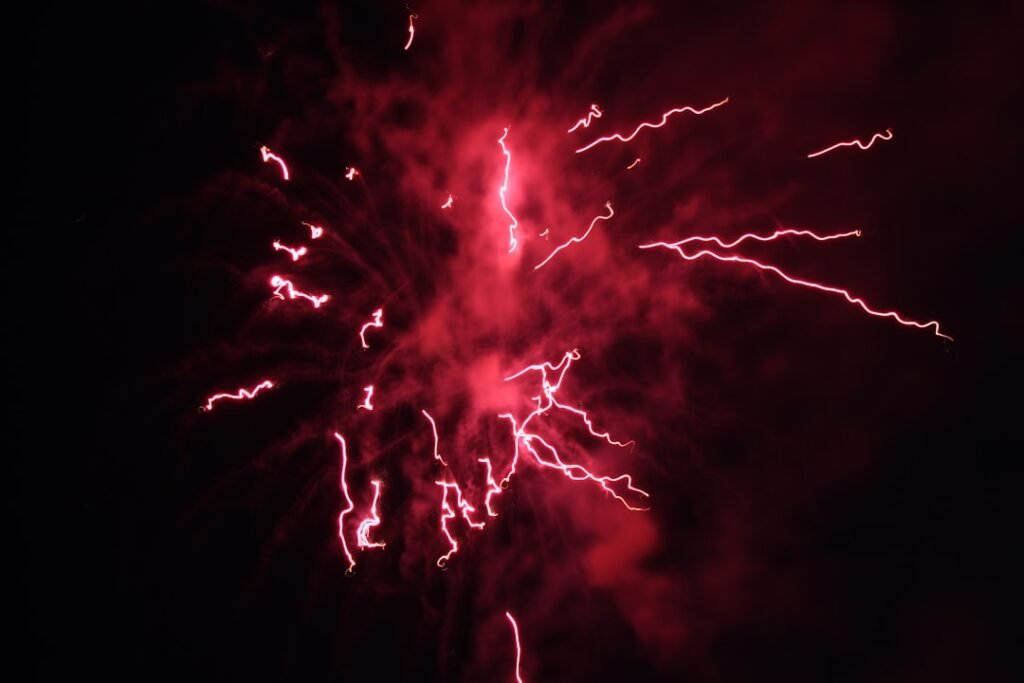You might think lightning only strikes downward from cloud to ground, but some storms produce an entirely different kind of electrical display. High above our heads, far beyond where commercial aircraft fly, mysterious red flashes dance across the night sky for barely a millisecond. These crimson apparitions have puzzled observers for over a century, yet scientists only began studying them seriously in the last few decades.
The phenomenon challenges everything you thought you knew about atmospheric electricity. Unlike the familiar white-hot bolts that crack through storm clouds, these red displays shoot upward into space, reaching altitudes where the air is so thin that different rules apply. They represent one of nature’s most elusive light shows, visible only under perfect conditions and lasting just long enough to make you question what you actually saw.
What Are Red Sprites and Where Do They Occur
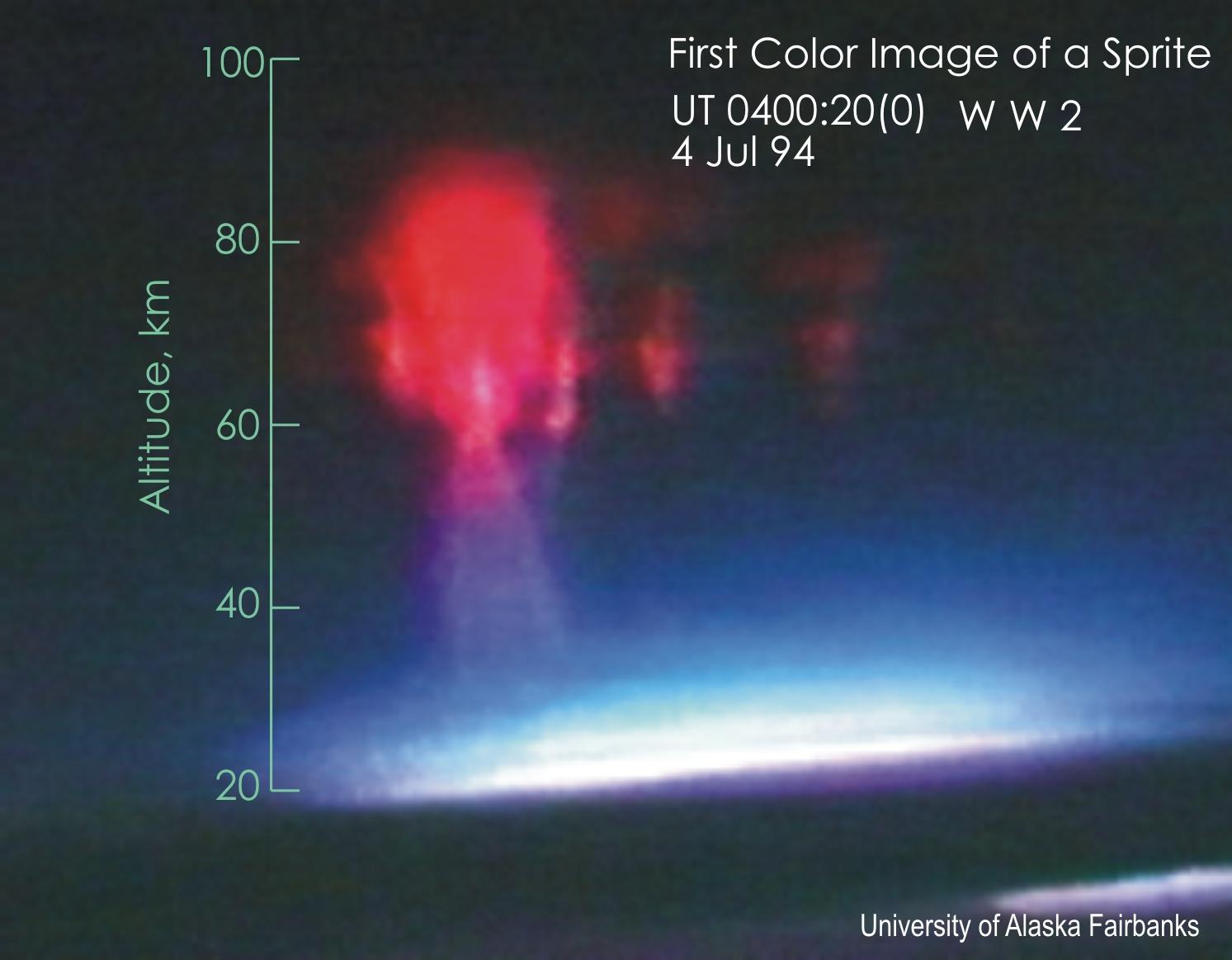
Red sprites are large-scale electric discharges that occur in the mesosphere, high above thunderstorm clouds, at altitudes between 50 to 90 kilometers above Earth’s surface. They appear as luminous red-orange flashes that can stretch across enormous distances in the upper atmosphere.
These phenomena occur near the top of the mesosphere at about 80 kilometers altitude in response to the electric field generated by lightning flashes in underlying thunderstorms. The mesosphere represents a unique atmospheric layer where the low pressure environment allows breakdown voltage to be drastically reduced, enabling an electron avalanche to occur. This creates the perfect conditions for sprites to manifest as spectacular displays of atmospheric electricity.
The Mysterious Red Coloration Explained
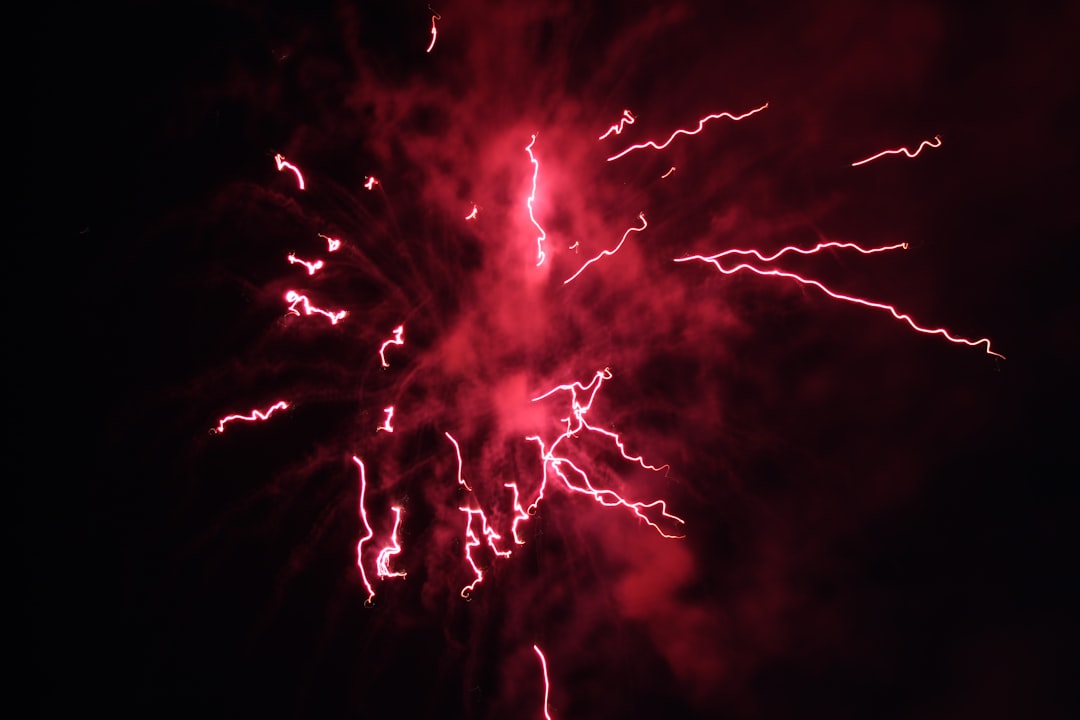
The striking crimson appearance of sprites has a fascinating scientific explanation rooted in atmospheric chemistry. Sprites get their characteristic red color from excitation of nitrogen in the low pressure environment of the upper mesosphere. When powerful electrical fields accelerate electrons to high energies, these energetic electrons collide with nitrogen molecules in the atmosphere and excite them, causing them to emit light.
The sprite itself usually displays a reddish-orange hue at higher altitudes, transitioning to a bluish color at lower altitudes. This color gradient occurs because different atmospheric compositions at varying altitudes respond differently to electrical excitation. The red wavelengths dominate in the thin upper mesosphere, while blue and green hues appear in the denser lower regions where the electrical discharge interacts with different atmospheric components.
The Lightning Connection: How Sprites Form
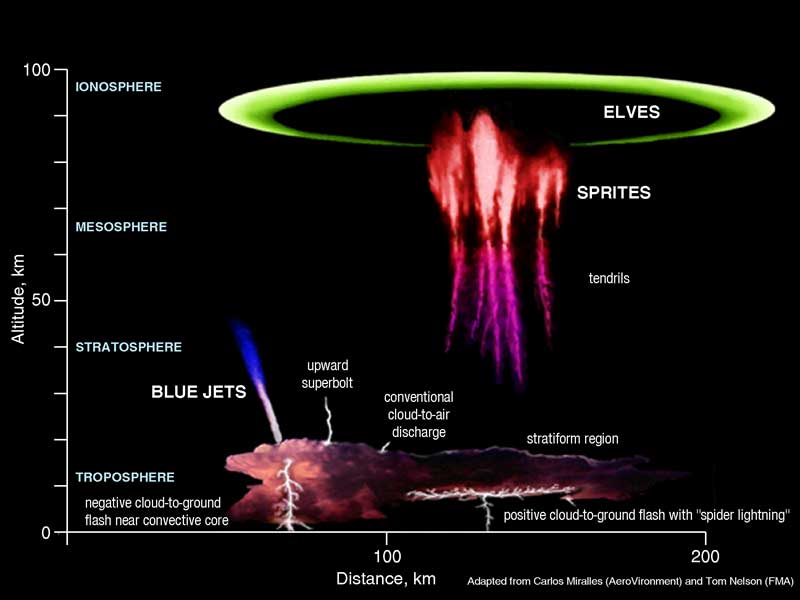
Sprites don’t appear randomly but have a direct relationship with specific types of lightning below them. They are usually triggered by the discharges of positive lightning between an underlying thundercloud and the ground. This connection is crucial because positive lightning carries far more electrical charge than typical negative lightning strikes.
When a sufficiently large positive lightning strike carries charges to the ground, the cloud top is left with a strongly negative net charge, creating a quasi-static electric dipole that generates a strong electric field in the region above the thunderstorm for less than 10 milliseconds. This electrical imbalance between the thunderstorm and the ionosphere generates strong electric fields that accelerate electrons to high energies. The resulting cascade of electrical activity produces the spectacular red displays we observe.
Different Types of Sprite Formations
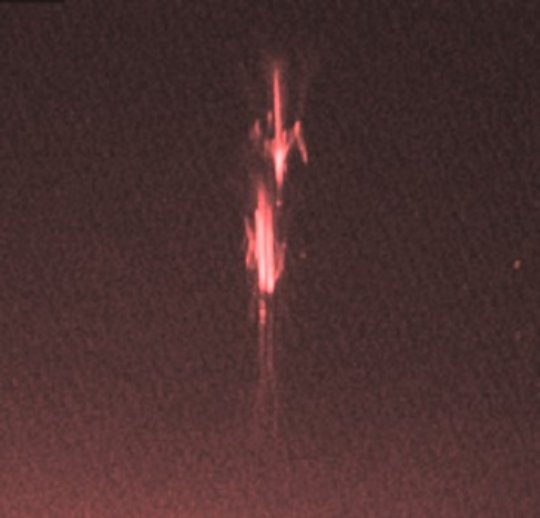
Not all sprites look the same, and scientists have categorized them based on their distinct visual characteristics. Researchers categorize three main types of sprites: jellyfish sprites (very large, up to 50 by 50 kilometers), column sprites (large-scale electrical discharges), and carrot sprites (column sprites with long tendrils).
Jellyfish sprites represent the most spectacular formations, featuring a diffuse glowing, dome-shaped body of excitation at the highest altitude, from which tendrils accelerate at one-tenth the speed of light toward the cloud tops. Column sprites appear simpler but can occur in clusters, while carrot sprites combine columnar structures with distinctive trailing tendrils that resemble plant roots extending downward through the atmosphere.
The Brief but Spectacular Lifespan
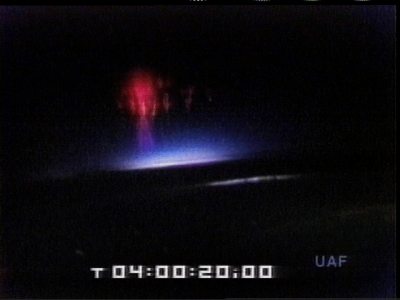
One of the most remarkable aspects of red sprites is their incredibly brief existence. Red sprites last only for a millisecond or so, making them difficult to observe and study, with these events lasting for just a few milliseconds. This fleeting nature explains why they remained largely undocumented for so long despite historical reports.
High-speed cameras operating at 10,000 frames per second revealed that sprites are actually clusters of small, decameter-scale balls of ionization launched at about 80 kilometers altitude, moving downward at speeds of up to ten percent the speed of light. The entire sequence unfolds so rapidly that the human eye can barely register the event, making specialized equipment essential for scientific study.
Historical Discovery and Scientific Recognition
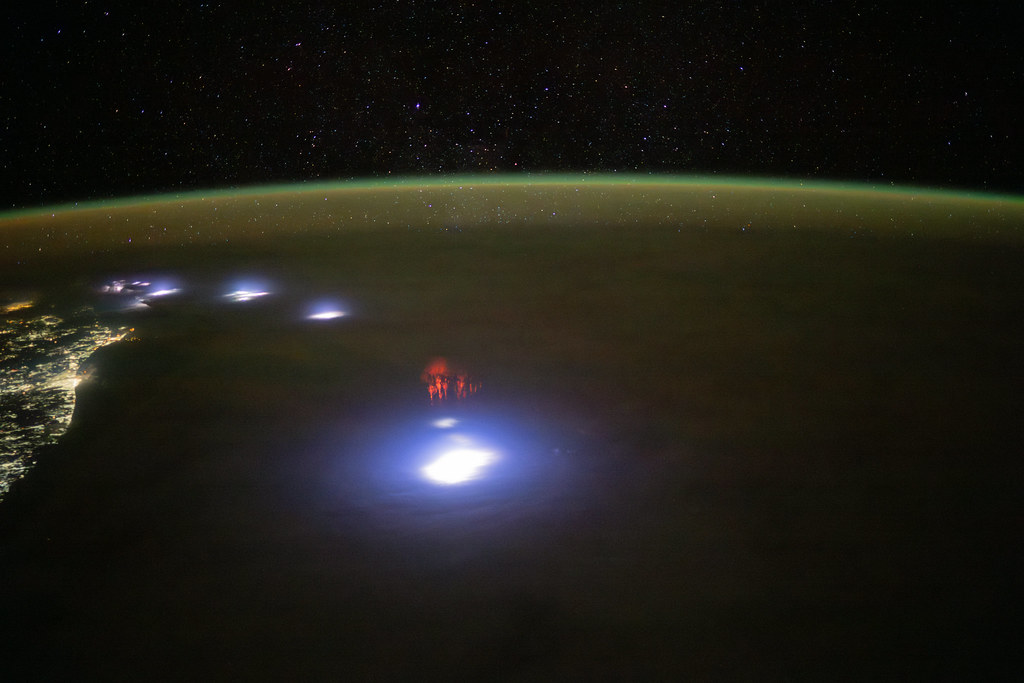
The journey from folklore to scientific fact represents one of atmospheric science’s most intriguing stories. Sporadic visual reports of sprites go back at least to 1886, but it was only in the 1950s when red lightning was observed from airliners that it entered the scientific domain. Nobel laureate C.T.R. Wilson had suggested in 1925, on theoretical grounds, that electrical breakdown could occur in the upper atmosphere.
The breakthrough came completely by accident. Scientists from the University of Minnesota first photographed sprites on July 6, 1989, while testing a low-light video camera for a rocket flight mission, accidentally capturing the very first credible evidence for what we now call sprites. This serendipitous discovery opened an entirely new field of atmospheric research and validated decades of pilot reports that had been largely dismissed by the scientific community.
Observing Sprites: Challenges and Techniques
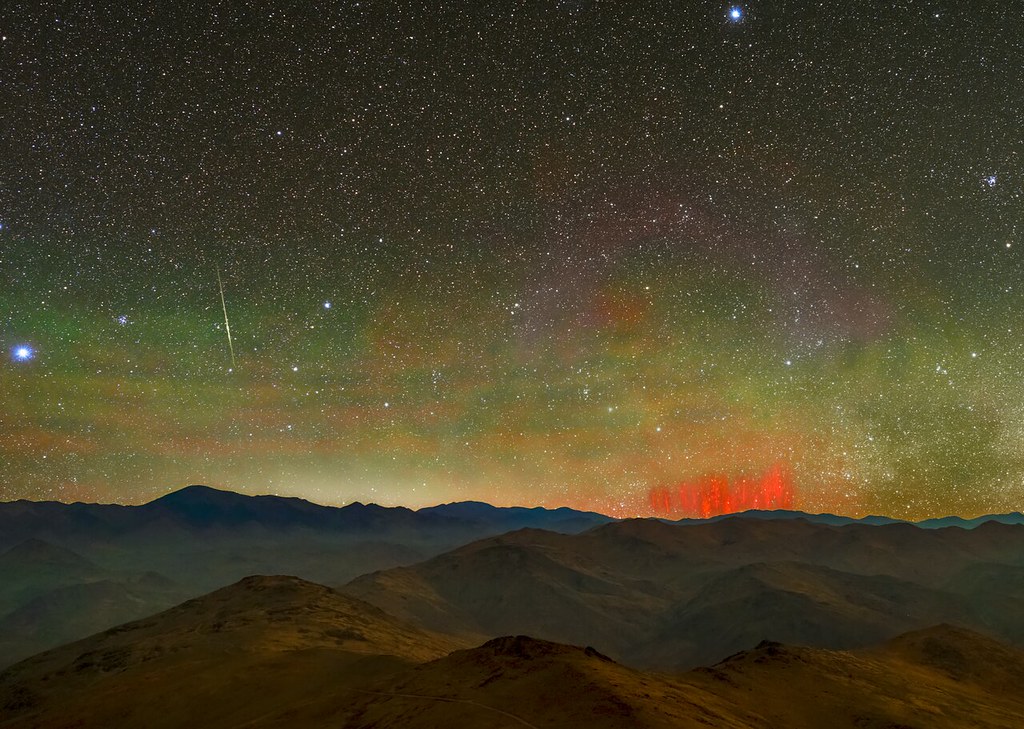
Capturing red sprites presents unique challenges that make them among the most difficult atmospheric phenomena to study. To film sprites from Earth, special conditions must be present: 150-500 kilometers of clear view to a powerful thunderstorm with positive lightning between cloud and ground, red-sensitive recording equipment, and a black unlit sky. These requirements explain why systematic observation remained elusive for so long.
Although striking when captured in photographs, red lightning isn’t easy to observe from the ground because it occurs high above the cloud layer, but can be observed more clearly from high-altitude planes and has been observed by astronauts on the International Space Station. Space-based observations offer unique advantages, providing unobstructed views above weather systems and eliminating atmospheric interference that complicates ground-based studies.
Climate Change and Future Sprite Activity

Emerging research suggests that our changing climate may influence sprite occurrence in significant ways. Rising global temperatures due to climate change will impact thunderstorm intensity and frequency, leading to stronger lightning activity, all of which are precursors for sprite activity. This connection highlights how atmospheric phenomena at different altitudes interconnect in complex ways.
As climate change alters weather patterns globally, the frequency and intensity of thunderstorms may change, potentially affecting sprite occurrence, with some studies suggesting that changes in temperature and humidity could lead to an increase in severe weather events, thus leading to more sprite occurrences. Scientists are working to understand these relationships better, recognizing that sprites serve as indicators of broader atmospheric changes. The implications extend beyond pure science, as sprites influence ionospheric conditions that affect radio communications and satellite operations.
Conclusion
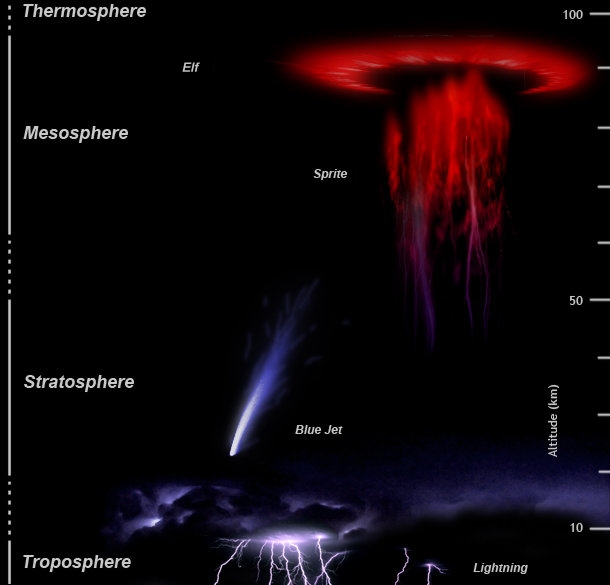
Red sprites represent one of nature’s most extraordinary electrical displays, challenging our understanding of atmospheric electricity while revealing the intricate connections between Earth’s weather systems and the edge of space. These brief crimson flashes, lasting mere milliseconds yet spanning dozens of kilometers, demonstrate how much we still have to learn about our planet’s complex atmospheric dynamics.
As climate patterns shift and technology advances, sprite research becomes increasingly important for understanding both atmospheric physics and the practical implications for communications and space weather. The phenomenon reminds us that even in our modern age of scientific discovery, the sky above still holds mysteries waiting to be unraveled. What other secrets might be dancing in the darkness above our heads, just beyond the reach of ordinary observation?

Jan loves Wildlife and Animals and is one of the founders of Animals Around The Globe. He holds an MSc in Finance & Economics and is a passionate PADI Open Water Diver. His favorite animals are Mountain Gorillas, Tigers, and Great White Sharks. He lived in South Africa, Germany, the USA, Ireland, Italy, China, and Australia. Before AATG, Jan worked for Google, Axel Springer, BMW and others.

